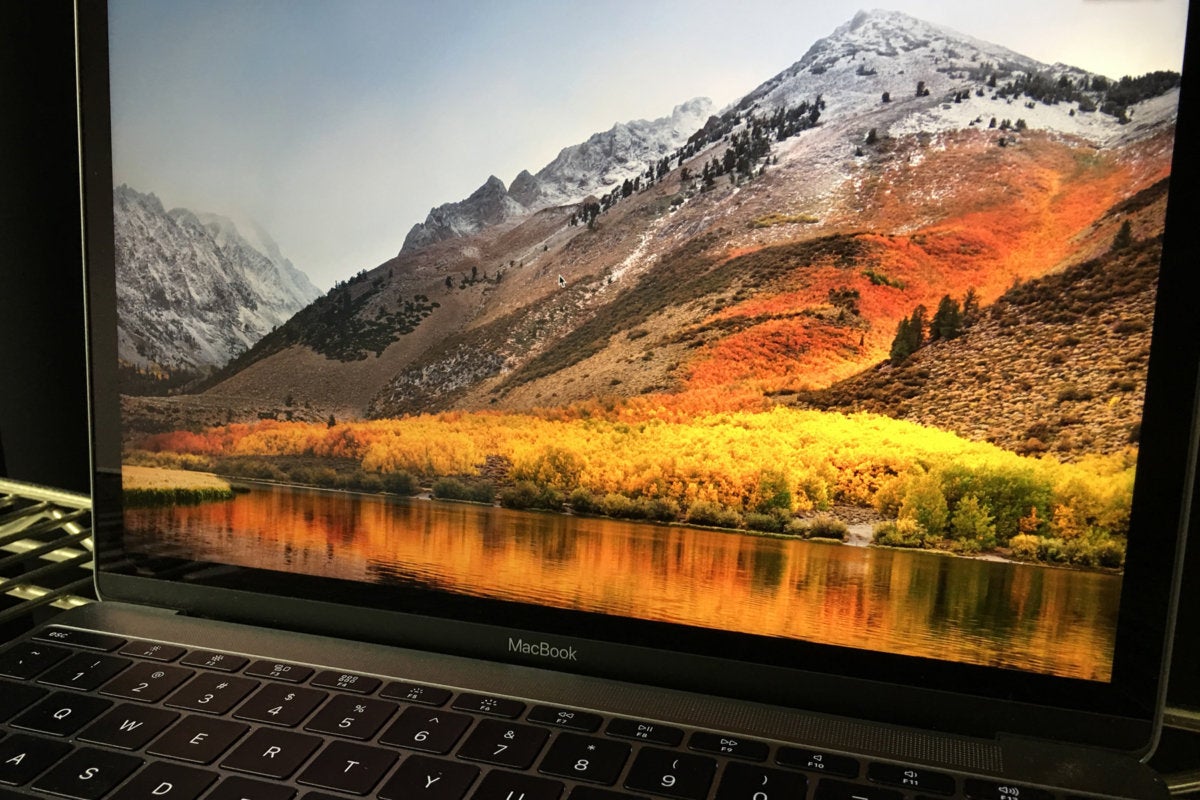Firefox Mac High Sierra
Yeah i've been mentally working through the same issue. Mine is for Sierra, and OS features they broke from High Sierra. Apple continue to do security updates for a total of 3 years, so High Sierra is actually good though to next years MacOS version. Well i don't think its that bad. This won't work for everyone but what i'm. But when I went to the Firefox site, it indicated that that this 53.0.2 was released on 10/26, but I hadn't downloaded it yet, so I believe that is what has been running on my Mac for awhile (I'm not on High Sierra). Another way to install Catalina, Mojave, Sierra or High Sierra successfully is to install the macOS in safe mode. To get your Mac into Safe mode: As you Mac start up, hold down the Shift key until the Apple logo appears. When you Mac is in Safe mode, go to App Store and get the High Sierra update. Reset the NVRAM. Due to a bug in Mac OS X High Sierra, fullscreen mode has some issues (bug 1390125) GSSAPI and Kerberos authentication do work in 64-Bit Windows Firefox. However it requires the advanced setting 'network.negotiate-auth.gsslib' to contain the string 'gssapi64.dll' because the default value (which is chosen if left empty) is wrong.
To get the latest features and maintain the security, stability, compatibility and performance of your Mac, it's important to keep your software up to date. Apple recommends that you always use the latest macOS that is compatible with your Mac.

Find out how to upgrade to macOS Big Sur, the latest version of macOS.
Check compatibility
If a macOS installer can't be used on your Mac, the installer will let you know. For example, it may state that your Mac doesn't have enough free storage space for the installation or that the installer is too old to be opened on this version of macOS.
If you want to check compatibility before downloading the installer, find out more about the minimum requirements for macOS Catalina, Mojave, High Sierra, Sierra, El Capitan or Yosemite. You can also check compatible operating systems on the product ID page for MacBook Pro, MacBook Air, MacBook, iMac, Mac mini or Mac Pro.
Firefox For Mac Download
Make a backup
Before installing, it’s a good idea to back up your Mac. Time Machine makes it simple, and other backup methods are also available. Find out how to back up your Mac.
Download macOS
It takes time to download and install macOS, so make sure you're plugged into AC power and have a reliable Internet connection.
These installers from the App Store will open automatically after you've downloaded them:
- macOS Catalina 10.15 can upgrade Mojave, High Sierra, Sierra, El Capitan, Yosemite or Mavericks
- macOS Mojave 10.14 can upgrade High Sierra, Sierra, El Capitan, Yosemite, Mavericks or Mountain Lion
- macOS High Sierra 10.13 can upgrade Sierra, El Capitan, Yosemite, Mavericks, Mountain Lion or Lion
Your web browser will download the following older installers as a disk image called InstallOS.dmg or InstallMacOSX.dmg. Open the disk image, then open the .pkg installer inside the disk image. It will install an app named Install [Version Name]. Open that app from your Applications folder to start installing the operating system.
- macOS Sierra 10.12 can upgrade El Capitan, Yosemite, Mavericks, Mountain Lion or Lion
- OS X El Capitan 10.11 can upgrade Yosemite, Mavericks, Mountain Lion, Lion or Snow Leopard
- OS X Yosemite 10.10can upgrade Mavericks, Mountain Lion, Lion or Snow Leopard
Install macOS
Follow the onscreen instructions in the installer. It may be easiest to start the installation in the evening so that it can be completed overnight, if needed.
If the installer asks for permission to install a helper tool, enter the administrator name and password that you use to log in to your Mac, then click Add Helper.
Please allow installation to complete without putting your Mac to sleep or closing its lid. Your Mac might restart, show a progress bar or show a blank screen several times as it installs both macOS and related updates to your Mac firmware.
Learn more
Firefox Mac High Sierra
You may also be able to use macOS Recovery to reinstall the macOS you're using now, upgrade to the latest compatible macOS, or install the macOS that came with your Mac.